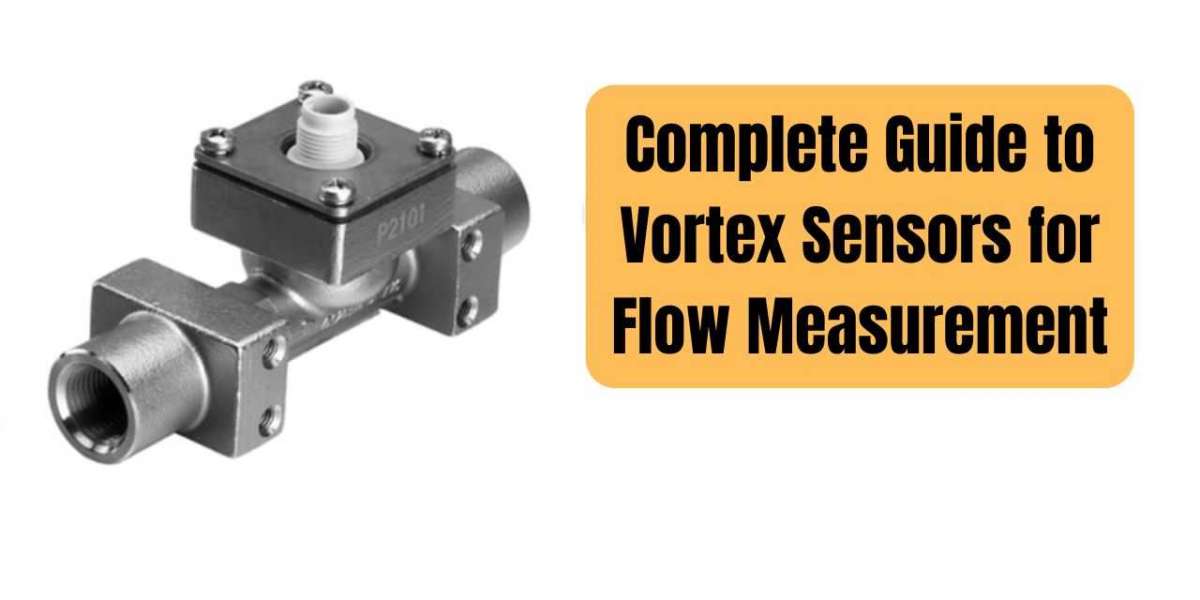Self-expanding stents, once a niche application, are now at the forefront of a major transformation in interventional medicine. These innovative devices, primarily made from superelastic nitinol alloys, are revolutionizing the treatment of narrowed or blocked vessels across various parts of the body, offering less invasive alternatives and improved patient outcomes. The global market for self-expanding stents, valued at over $3.3 billion in 2024, is projected for significant growth, driven by an aging population and increasing demand for minimally invasive procedures.
Beyond the Heart: Expanding Applications and Enhanced Performance
While self-expanding stents were initially gaining traction in peripheral artery disease (PAD), their use is rapidly diversifying and their capabilities are being refined:
- Peripheral Artery Disease (PAD) Dominance: Self-expanding nitinol stents are now widely considered the gold standard for treating lesions in dynamic vessels like the superficial femoral artery (SFA). Their flexibility and ability to adapt to the artery's movement, unlike rigid balloon-expandable stents, significantly reduce the risk of stent fracture and improve long-term patency. Cook Medical's Zilver Vena venous self-expanding stent has shown high rates of patency sustained for three years in recent data, further solidifying their role in venous applications.
- Gastrointestinal and Biliary Interventions: Self-expanding metal stents (SEMS) are making significant strides in endoscopic ultrasound (EUS)-guided interventions for managing pancreatobiliary diseases. New designs, including fully or partially covered stents with innovative anti-migratory features and electrocautery-enhanced (EC)-LAMS, are improving safety, efficiency, and reducing procedure times for conditions like walled-off necrosis (WON) and biliary drainage.
- Carotid Artery Stenting: These stents are increasingly vital for carotid artery stenosis, helping to prevent strokes by maintaining vessel patency.
- Tracheobronchial Applications: Flexible, self-expanding nitinol stents are being developed for supporting and upholding tracheal patency in cases of tracheal stenosis or collapse, aiming to reduce the need for open surgery. Micro-Tech Endoscopy Inc.'s tracheobronchial nitinol y-stent, launched in 2022, exemplifies this innovation.
Bioresorbable Stents: The Future of Transient Scaffolding
Perhaps the most exciting development is the resurgence of bioresorbable self-expanding stents. These revolutionary devices are designed to provide temporary structural support to a vessel and then gradually dissolve, leaving no permanent implant behind.
- Renewed Momentum in PAD: After initial setbacks with earlier generations, new bioresorbable stents are showing renewed promise, especially for treating PAD below-the-knee. Experts at the Cardiovascular Research Technologies (CRT) 2025 conference highlighted improved designs.
- Abbott's Esprit Stent and Other Innovators: The Abbott Esprit stent, building on previous bioresorbable technology, has received FDA clearance and demonstrated strong clinical trial performance, particularly with its smaller strut thickness. Companies like Reva Medical (with its Tyrocore-based scaffold) and R3 Vascular (with a high molecular weight PLLA scaffold) are developing next-generation polymer-based bioresorbable stents.
- Metallic Bioresorbables: Beyond polymers, Biotronik is developing a bioresorbable magnesium stent, offering an alternative that dissolves more rapidly. These advancements could eventually lead to the reintroduction of absorbable scaffolds for coronary artery disease management, a significant leap forward.
Technological Driving Forces and Future Outlook:
- Nitinol Innovation: The unique superelastic and shape-memory properties of nitinol continue to be central to self-expanding stent design, enabling highly flexible and conformable devices.
- Drug-Eluting Capabilities: Many self-expanding stents are now drug-eluting, coated with medications to prevent restenosis (re-narrowing) and improve long-term outcomes.
- Enhanced Deliverability: Innovations in delivery systems are making these stents easier and more precise to deploy, even in complex and tortuous anatomies.
- Customization and AI: The trend towards customized and personalized stent solutions is growing, with AI and 3D printing potentially playing a role in optimizing stent selection and design for individual patient anatomies.
Despite challenges such as potential complications like migration or blockage and the cost of procedures, the overall outlook for self-expanding stents is positive. The focus on improved patient outcomes, reduced invasiveness, and the promise of bioresorbable technology ensures that self-expanding stents will continue to be a cornerstone of modern interventional medicine.








